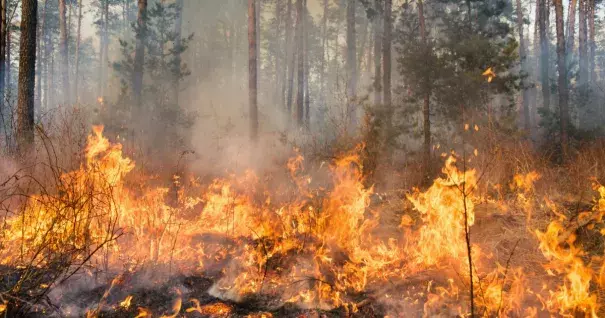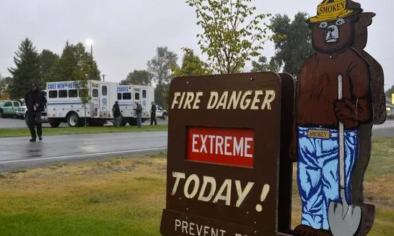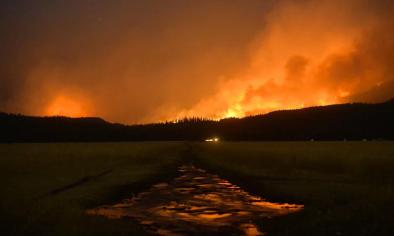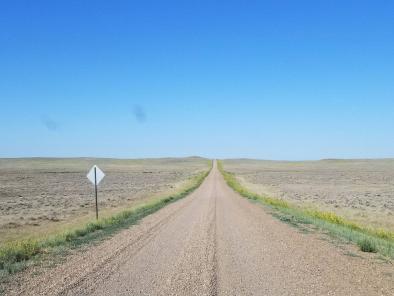Forget flash floods. Flash droughts are even more terrifying.

An intense drought has quickly gripped much of the Dakotas and parts of Montana this summer, catching farmers and ranchers off-guard. The multi-agency U.S. Drought Monitor recently upgraded the drought to “exceptional,” its highest severity level, matching the intensity of the California drought at its peak.
...
The drought already has far-reaching effects. In eastern Montana, America’s current-largest wildfire continues to smolder; the 422-square-mile Lodgepole complex fire is one-third the size of Rhode Island. It’s Montana’s largest fire since 1910.
Across the state, 17 other large fires are also spreading. “We haven’t even hit our normal peak fire season yet,” Fransen says.
Recently, as the climate has warmed and crop suitability has shifted, the Dakotas and Montana have surpassed Kansas as the most important wheat-growing region in the country. The High Plains is now a supplier of staple grain for the entire world. According to recent field surveys, more than half of this year’s harvest may already be lost.
...
Droughts are often thought of as creeping, slow-motion disasters. They usually don’t grab headlines like hurricane landfalls, even though they represent the costliest weather-related catastrophe worldwide.
But this drought is an anomaly, a “flash drought.” It essentially came from nowhere. It didn’t exist just three months ago.
The frequency of these rapid-onset droughts is expected to increase as the planet warms. A recent study focusing on China found that flash droughts more than doubled in frequency there between 1979 and 2010.
Droughts like these are closely linked to climate change. As temperatures rise, abnormally dry conditions across the western United States are already becoming more common and more intense. And as evaporation rates speed up, rainfall becomes more erratic, and spring snowmelt dries up earlier each year.
Future summers in North Dakota are expected to be even hotter and drier, on par with the present-day weather of south Texas.
Related Content





